Diving
Raja Ampat Liveaboard
Book in advance! Price starting from USD 2,890 / pers Check AvailabilityRaja Ampat Liveaboard
Raja Ampat liveaboard, is one of Indonesia’s best diving locations but one of the best of the world as well. It’s a once-in-a-lifetime experience for any diver especially for those who enjoy liveaboard diving.
Located in the heart of the Coral Triangle, in West Papua, Raja Ampat liveaboard diving is home to some of the world’s most diverse marine life and stunning coral reefs. With over 1,500 islands and a total area of 40,000 square kilometers, Raja Ampat offers endless opportunities for dive exploration.

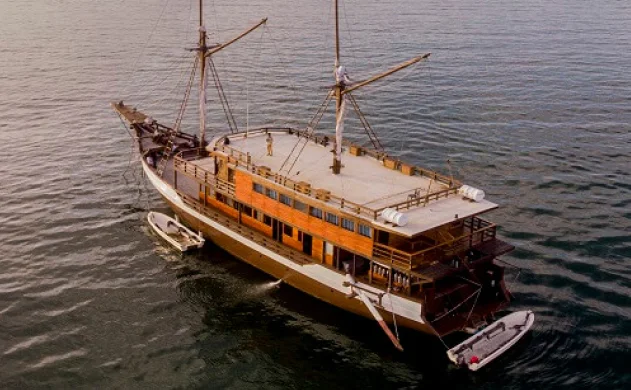
What is a liveaboard?
A liveaboard refers to a type of lifestyle or activity in which individuals or groups reside on a boat or a floating vessel for an extended period. Typically associated with recreational activities such as diving, sailing, or cruising, liveaboards allow people to fully immerse themselves in a marine environment and experience a unique way of living. Liveaboards can range from small, cozy vessels to luxurious yachts, accommodating individuals or larger groups with all the necessary amenities for daily living.
Whether it’s exploring remote diving spots, navigating through picturesque coastlines, or simply enjoying the tranquility of living on the water, the liveaboard experience offers a blend of adventure, freedom, and a deep connection with the ocean. It allows individuals to escape the constraints of traditional land-based living, fostering a closer relationship with nature and providing an opportunity for unforgettable memories and experiences on the open seas.
Embracing the Liveaboard Lifestyle
Liveaboards also attract individuals seeking an alternative lifestyle that prioritizes simplicity, minimalism, and a sense of adventure. Living on a boat encourages self-sufficiency and resourcefulness, as inhabitants must manage limited space and adapt to the ever-changing conditions of life at sea. From learning navigation skills to maintaining the vessel’s systems, liveaboards develop a wide range of practical knowledge and profound respect for the marine environment.
This unique way of life often fosters a strong sense of community among fellow liveaboard enthusiasts, who share a common passion for the ocean and a desire to explore the world from a different perspective. Whether it’s a temporary escape or a long-term commitment, embracing the liveaboard lifestyle offers a transformative experience that allows individuals to connect with nature, discover their inner resilience, and forge lasting connections with like-minded adventurers.
.webp)
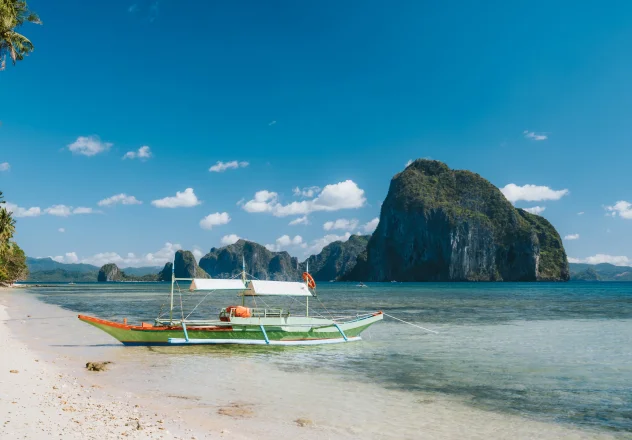
Liveaboard Diving in Raja Ampat
Liveaboard diving in Raja Ampat offers a truly unparalleled experience for diving enthusiasts. In the heart of the Coral Triangle, Raja Ampat is Indonesia’s remote and pristine marine paradise. The region is renowned for its exceptional biodiversity, with over 1,500 species of fish and 700 species of coral calling these waters home. Liveaboard trips allow divers to explore this underwater wonderland and discover the breathtaking beauty beneath the surface.
Liveaboard diving in Raja Ampat offers a unique and immersive experience. The liveaboard becomes a floating basecamp, providing divers with comfortable accommodations, delicious meals, and all the necessary amenities. It’s a community of like-minded individuals who share a passion for diving and exploration. The camaraderie and friendships formed onboard enhance the overall experience, creating memories that last a lifetime. Being away from civilization and surrounded by the stunning natural beauty of Raja Ampat allows divers to disconnect from the outside world and fully immerse themselves in the awe-inspiring underwater realm.
Book NowWhat to expect on a Raja Ampat liveaboard
Diving in Raja Ampat is best done with a liveaboard, that is without a doubt. Diving in Raja Ampat liveaboard enables divers to visit all of Raja Ampat’s diving spots:
Raja Ampat North
Raja Ampat Central
Raja Ampat Sout
Expectations for diving in Raja Ampat are always high especially during the peak season of October to March when the weather is the best. That is the same time when almost all of the liveaboards in Indonesia sail to Raja Ampat generally moving from Banda Sea navigating for 11 days through Raja Ampat’s South Misool, up to Sorong.
Book Now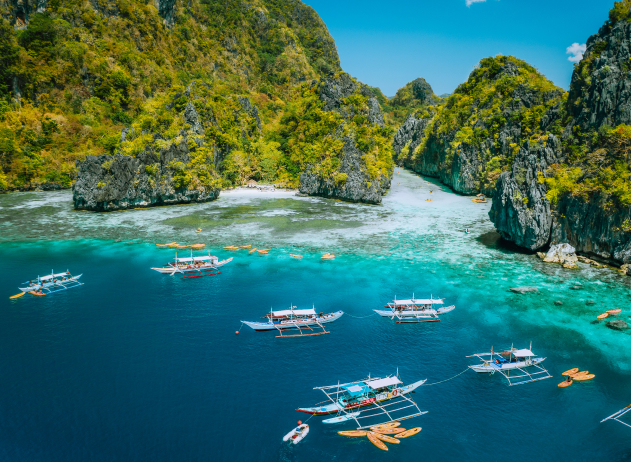
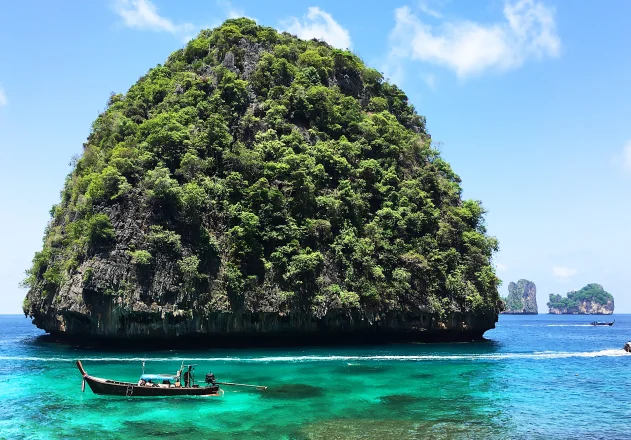
Biggest factor running the expectations of the trip
Choosing your liveaboard is perhaps the biggest factor running the expectations of the trip. Some liveaboards are able to visit Misool, some boats not. Ultimately it’s all depending on which part of Raja Ampat you would like to dive in. The main dive sites of Raja Ampat are of course located in Raja Ampat Central such as:
Blue Magic
Mioskon Reef
Sardine Reef
Cape Kri
Sauwandarek Jetty
The most popular itinerary
By far, the most popular itinerary for Raja Ampat liveaboard is Raja Ampat North and Central as it covers all of the Central’s dive sites and the North’s:
Melissa’s Garden
My Reef
Rufus Wall
Eagle Rock
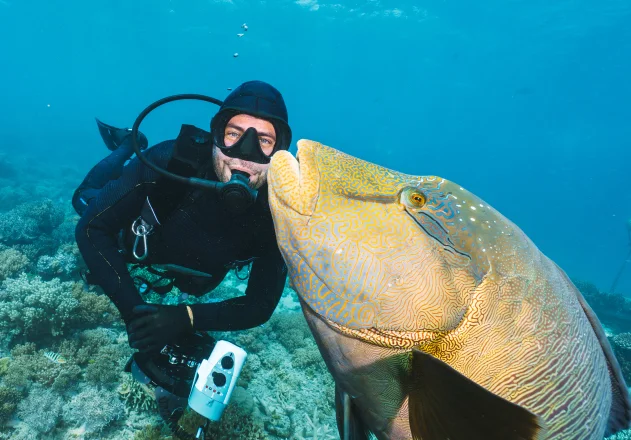
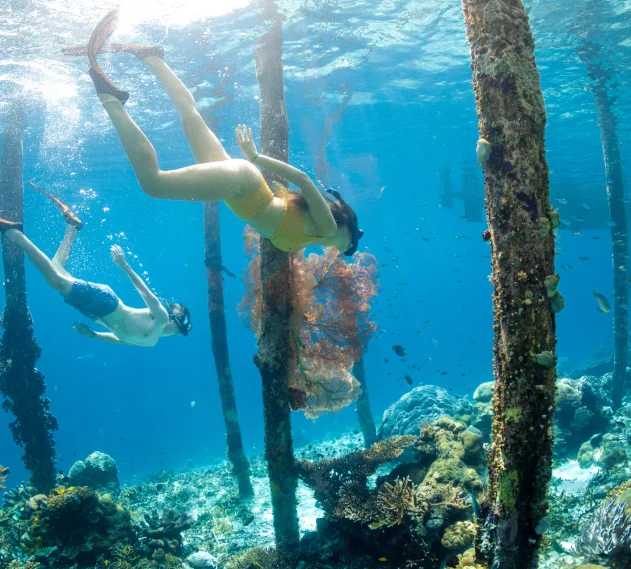
Raja Ampat underwater
If you’re wondering how Raja Ampat is underwater, you can imagine it’s everything you’re dreaming of or when you see the advertisements. Of course, conditions vary day by day, week by week but even at its worst, Raja Ampat liveaboard diving provides the best of the underwater life: Reef Manta Rays, Oceanic Manta Rays, Wobbegon Sharks, White Tip and Black Tip Reef Sharks, Turtles, and the list can go on.
Coral reefs in Raja Ampat are simply stunning and once you see it, you will understand why Raja Ampat is home to the largest bio-diversity on the planet.
Top 3 Dive locations of Raja Ampat
Misool
One of the top destinations in Raja Ampat is Misool, a group of islands located in the southern part of Raja Ampat / West Papua. Misool is basically off the beaten tracks mainly because of the distance to reach the area from the central part of Raja Ampat; an estimated 15 hours sailing.
Misool is known for its vibrant coral gardens, crystal-clear waters, and impressive underwater rock formations. Divers can expect to see a wide variety of marine life, including schools of fish, manta rays, and sharks.
Misool is also home to some of the most colorful and diverse soft coral gardens in the world, making it a favorite destination among underwater photographers.
Another really famous diving activity in Misool is night dive and particularly Black Water Diving. Not all divers can enjoy such a special type of diving but Black Water Diving is mainly preferred by underwater photographers who prefer underwater macrophotography.
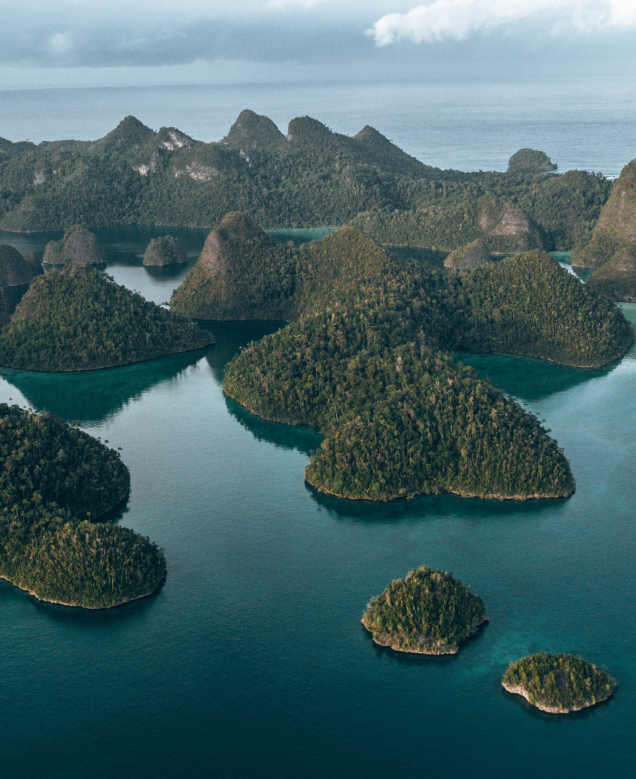
Waigeo
Waigeo is the largest island in the archipelago of Raja Ampat offering an incredible array of dive sites, ranging from shallow coral gardens to deep underwater pinnacles. You should expect to encounter a diverse range of marine life, including pygmy seahorses, nudibranchs, and reef sharks. One of the highlights of diving in Waigeo is the chance to witness the incredible spectacle of thousands of schooling fish… our favourite by far the schooling of Jack fish performing as an underwater fish tornado.
Waigeo offers a wealth of natural beauty below and above the water’s surface. The island is a tropical paradise with lush rainforests, pristine beaches, and stunning landscapes waiting to be explored. On land, you can embark on hikes through dense forests, discovering rare and exotic bird species, such as Wilson’s bird of paradise, that call Waigeo home.
You can also visit traditional villages and interact with the friendly local communities, immersing yourself in their rich culture and way of life. As the sun sets, the sky transforms into a magnificent canvas of vibrant colors, painting a picture-perfect backdrop against the idyllic surroundings. Whether you’re an avid diver, nature lover, or cultural enthusiast, Waigeo promises an unforgettable experience that will leave you with cherished memories and a deep appreciation for the wonders of this enchanting island.
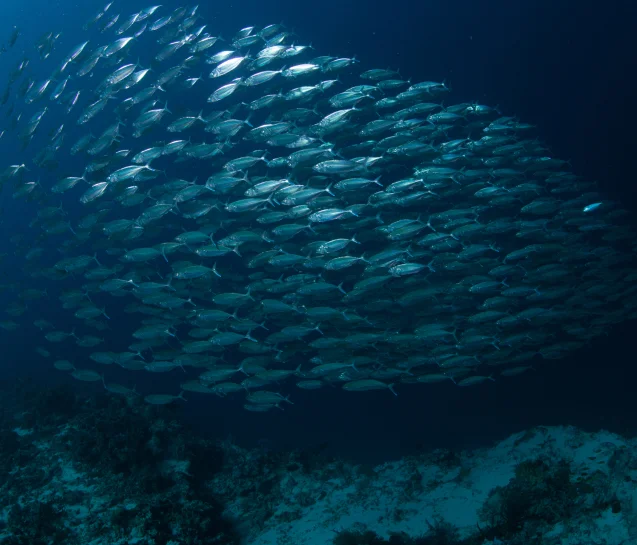
Mansuar
Located on the western side of Waigeo, Mansuar is home to some of Raja Ampat’s most popular dive sites. Underwater is simply amazing ranging from shallow coral gardens to deep underwater canyons. You should expect a variety of marine life, including schools of fish, sea turtles, and reef sharks. But by far Mansuar is known for its impressive underwater topography, towering underwater pinnacles and steep walls.
Mansuar’s reputation as a diving paradise is well-deserved, thanks to its extraordinary natural features and diverse marine ecosystem. As you dive into the crystalline waters surrounding this island, you’ll be transported to a world where underwater wonders await at every turn. The underwater topography of Mansuar is nothing short of spectacular, with towering pinnacles that rise majestically from the depths, creating an ethereal ambiance.
These geological formations provide shelter and sustenance to an impressive array of marine life. Glide alongside colorful coral formations, observing the intricate dance of vibrant fish darting between the corals. Keep your eyes open for the graceful movements of sea turtles, while the occasional glimpse of a reef shark adds an exhilarating touch of excitement. Whether you’re an experienced diver or a novice seeking to explore the wonders of the underwater realm, Mansuar promises an unforgettable adventure immersed in the beauty and serenity of Raja Ampat’s marine paradise.
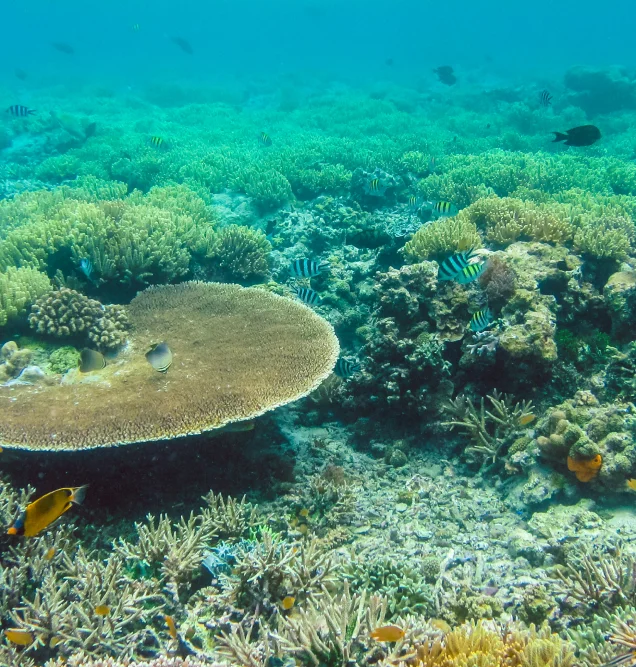
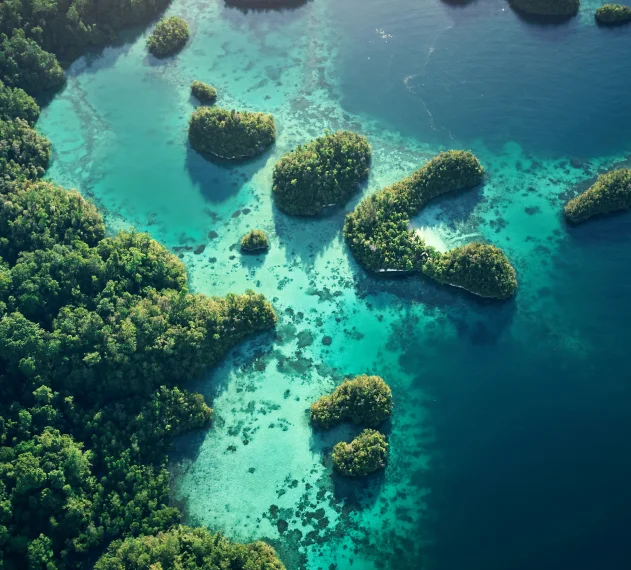
Top Tips for Divers
Tips for divers anywhere around the world can never be enough. For Raja Ampat, above all make sure to choose a reputable liveaboard operator that is committed to safe and responsible diving practices with a good track record across their online reviews.
Raja Ampat is home to some of the world’s most pristine and fragile coral reefs, so it’s essential to minimize your impact on the environment. Sustainable diving must also be on the top of the list of your chosen Raja Ampat liveaboard.
Next important top tip is to prepare your diving equipment. If you have your own, make sure to bring it because it will make a huge difference for your diving experience. Most liveaboards they offer diving equipment rental and you should inquire about it in advance but it also comes at a price that bites into your budget.
Traveling to Raja Ampat
This is perhaps the only trick about Raja Ampat liveaboard because as it’s located in West Papua, this also makes it a little bit hard to reach. It’s not such a big deal to travel to Raja Ampat but you do need a couple of flights to get there.
Arriving in Raja Ampat will have you landing in Sorong, the capital city of West Papua and the main harbour for all the Raja Ampat liveaboards. Traveling internationally, you will fly most probably through Jakarta from where you have available flights to take you directly to Sorong. Additionally, depending on the chosen domestic airline you might have to make a stop in Makassar but we would urge that you definitely use the direct flight from Jakarta to Sorong.
When traveling from Bali, there is no direct flight to Sorong so you still have to stop either in Jakarta or in Makassar. Generally we would prefer to travel to Jakarta as the timing fits better for reaching the liveaboard on time.
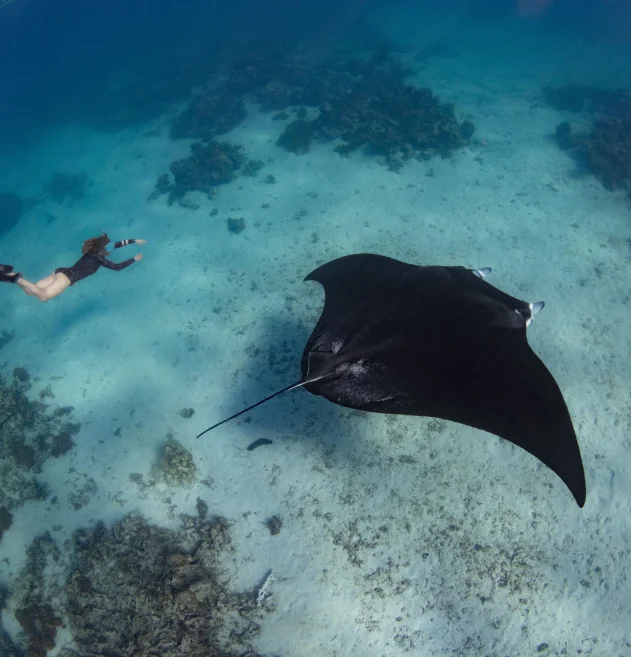

The best time to dive in Raja Ampat is from October to April
Like any other diving location, the best season for diving in Raja Ampat is depending on specific weather factors. For Raja Ampat liveaboard the best is from October to April and that’s when most of the liveaboards will be there as well.
During these months the weather is at its best, with low waves and the best underwater conditions. Visibility is generally at least 20 meters / 65 feet with water temperatures at approximately 28-29 degrees Celsius / 82 F
Can beginners dive in Raja Ampat?
Diving in Raja Ampat is special and generally not difficult but beginners are not suitable if their experience is below at least 25 logged dives and not Advanced Open Water certified.
Primarily the minimum diving experience is because in some dive sites such as Blue Magic, currents can sometimes be strong or surprising in the middle of the dive with strong down currents.
Depth is also a consideration so diving with a Raja Ampat liveaboard is highly recommended to have this minimum diving experience. Raja Ampat’s underwater world boasts incredible biodiversity and delicate coral ecosystems, making it essential for divers to have a solid foundation of buoyancy control and dive etiquette to minimize potential damage. The diverse marine life, including vibrant coral reefs, reef sharks, manta rays, and numerous species of fish, requires divers to have a certain level of confidence and comfort in the water.
Therefore, while Raja Ampat offers unparalleled beauty and a chance to explore its breathtaking dive sites, beginners should gain more experience and training before embarking on this awe-inspiring diving adventure.

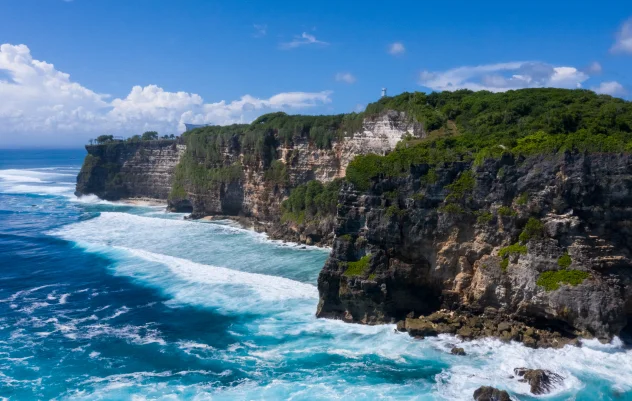
Benefits of choosing a liveaboard in Raja Ampat
Choosing a liveaboard experience in Raja Ampat offers numerous benefits that make it an ideal choice for diving enthusiasts and nature lovers alike. Firstly, a liveaboard allows visitors to fully immerse themselves in the breathtaking beauty of this remote Indonesian archipelago. With its pristine turquoise waters, vibrant coral reefs, and diverse marine life, Raja Ampat offers unparalleled underwater exploration opportunities. By staying on a liveaboard, travelers have the unique advantage of accessing remote dive sites and exploring multiple locations within a single trip, maximizing their chances of encountering rare and exotic marine species.
Liveaboards provide a comfortable and convenient base for divers, with well-equipped cabins, delicious meals, and professional dive guides on board, ensuring a seamless and enjoyable experience. Away from the hustle and bustle of crowded resorts, liveaboards offer a sense of tranquility and privacy, allowing guests to fully disconnect from the outside world and immerse themselves in the wonders of nature.
Liveaboards often offer various amenities such as sundecks, lounges, and communal areas, providing opportunities for relaxation and socializing with fellow travelers.
Ultimately, choosing a liveaboard in Raja Ampat offers a unique and unforgettable adventure, combining the thrill of diving with the opportunity to explore one of the world’s most breathtaking and ecologically significant destinations.
Raja Ampat liveaboards vs Dive Resorts
It’s a question often asked and we believe it also depends on what you are looking to get out of your diving in Raja Ampat. There are a couple of dive resorts in Raja Ampat such as Raja Ampat Dive Lodge or Papua Divers but although their locations are fairly good, they are also limited to the number of dive sites they can visit.
Dive resorts mainly can visit the Central area of Raja Ampat while a Raja Ampat Liveaboard can reach the far North and South dive sites otherwise impossible for dive resorts.
These floating accommodations allow divers to explore a broader range of dive sites throughout the archipelago. With a liveaboard, you can venture to remote and untouched areas of Raja Ampat, discovering hidden gems off the beaten path. The itineraries are often designed to maximize dive time and diversity, allowing you to experience the incredible marine biodiversity that Raja Ampat is renowned for.
Moreover, liveaboards typically have experienced dive guides and instructors who can provide valuable insights and guidance throughout your diving journey. Whether you’re a beginner or an experienced diver, the personalized attention and expertise available on Liveaboards can enhance your diving experience in Raja Ampat.
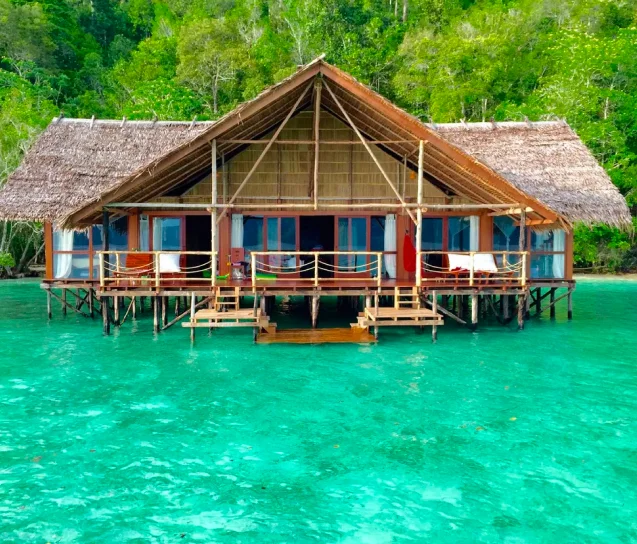
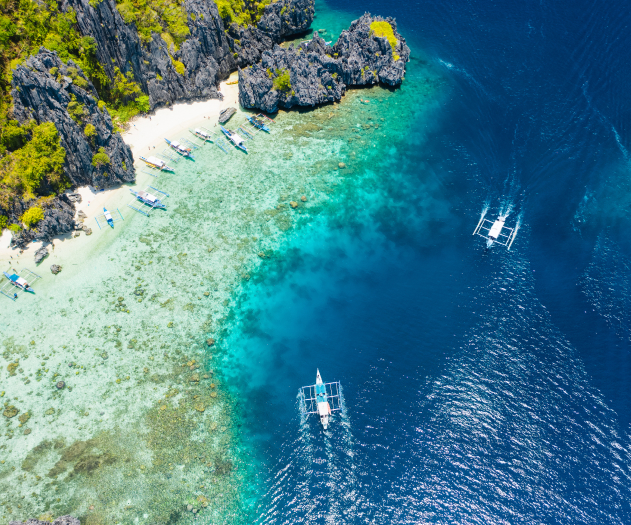
What to pack for a liveaboard trip in Raja Ampat
When preparing for a liveaboard trip in Raja Ampat, it’s important to pack wisely to ensure you have everything you need for a comfortable and enjoyable experience. Raja Ampat is known for its stunning marine biodiversity, pristine dive sites, and remote location, so it’s essential to come prepared. Firstly, you’ll want to pack your diving essentials. It includes your dive certification card, computer, mask, fins, snorkel, and wetsuit. Although the waters in Raja Ampat are warm, a thin wetsuit or rash guard can protect from the sun and potential stings. Pack any specialty gear you may need, such as an underwater camera or dive torch.
Apart from diving gear, remember to pack appropriate clothing for the tropical climate. Lightweight, breathable clothing is ideal, including t-shirts, shorts, and swimwear. Remember a wide-brimmed hat, sunglasses, and plenty of sunscreen with a high SPF. The sun can be intense in Raja Ampat, so protecting your skin is crucial. Also, pack comfortable walking shoes or sandals for exploring the islands during on-land excursions.
As liveaboard trips can last several days, it’s essential to pack enough clothes for the duration of your trip. However, be mindful of the limited space on the boat and try to pack light, opting for versatile and quick-drying garments.
Liveaboard Packing Essentials
Bring personal items and accessories to enhance your overall experience on the liveaboard. Remember to pack a reusable water bottle to stay hydrated throughout the trip, as well as any necessary medications or personal hygiene products. It’s a good idea to bring a small waterproof bag to protect your electronics and valuables during boat rides or dives. Consider packing a good book or some form of entertainment for leisurely moments between dives or during downtime on the boat.
Since liveaboard trips often involve long hours spent on the water, it’s advisable to pack motion sickness remedies if you’re prone to seasickness. Sea conditions can vary, so it’s better to be prepared. A dry bag or waterproof pouch can also help store wet items or keep your belongings dry during excursions.
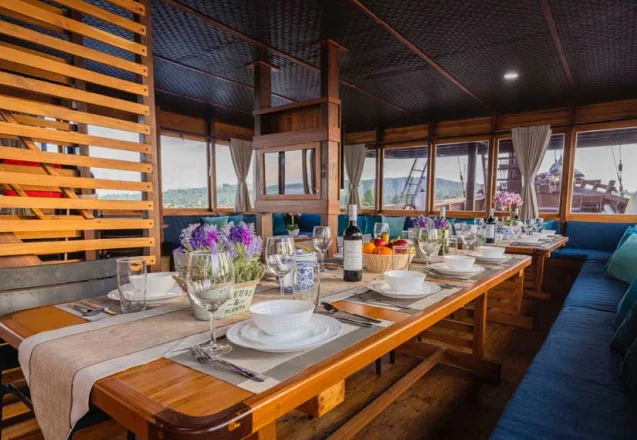
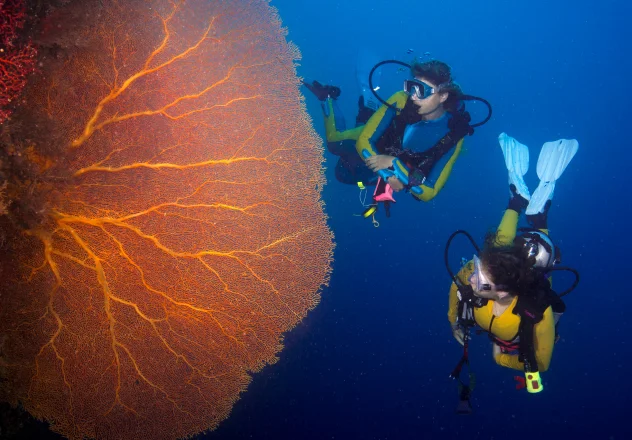
Safety guidelines and precautions for liveaboard diving in Raja Ampat
When embarking on a liveaboard diving adventure in Raja Ampat, it is essential to prioritize safety and adhere to the following guidelines and precautions. Firstly, ensure that you are adequately trained and certified as a diver before participating in liveaboard trips. Familiarize yourself with the specific diving conditions in Raja Ampat, which can include solid currents and deep dives, and ensure you have the necessary skills and experience to handle these challenges.
Always dive with a buddy and maintain good communication throughout the dive. Before entering the water, conduct thorough equipment checks to ensure everything is in working order, including your diving gear, dive computer, and signaling devices. It is also crucial to listen attentively to the dive briefing provided by the dive guide, as they will provide valuable information about the dive site, potential hazards, and emergency procedures.
By following these safety guidelines and precautions, you can have a memorable and enjoyable live-aboard diving experience in Raja Ampat while minimizing risks and preserving the incredible marine ecosystem for future generations.
Exploring Raja Ampat hidden caves and lagoons during a liveaboard trip
Exploring Raja Ampat’s hidden caves and lagoons during a liveaboard trip is an unforgettable adventure that promises to take you on a journey through some of the most stunning natural wonders on Earth. As you embark on your liveaboard vessel, you’ll set sail to discover the hidden gems within this remote Indonesian archipelago. The region is renowned for its breathtaking limestone karsts and tucked away within these majestic formations are a multitude of secret caves and lagoons waiting to be explored.
With crystal-clear turquoise waters and abundant marine life, each cave and lagoon offers a unique and enchanting experience. From swimming through illuminated tunnels to discovering secluded lagoons with vibrant coral gardens, every moment spent in these hidden treasures is a feast for the senses. As you navigate through the labyrinthine network of caves and venture into secluded lagoons, you’ll feel like a true explorer, uncovering the secrets of this captivating destination.
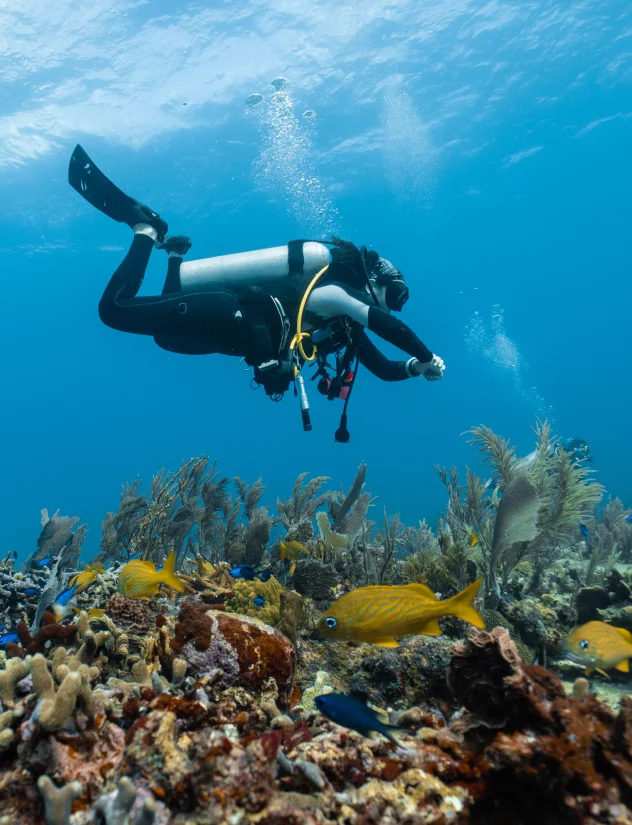
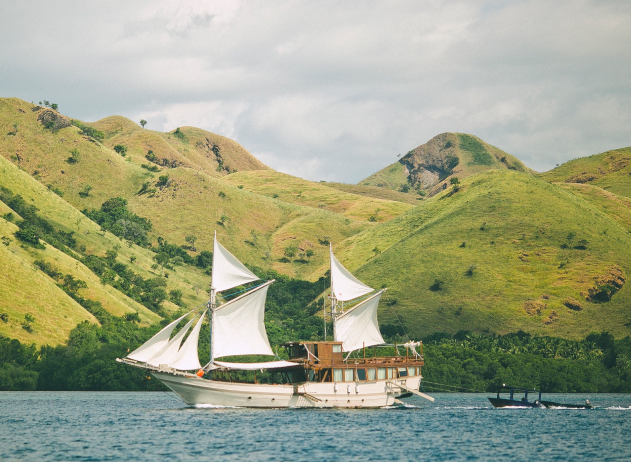
Raja Ampat Liveaboard Adventure
A liveaboard trip in Raja Ampat provides the perfect opportunity to fully immerse yourself in the beauty of these hidden caves and lagoons. With the convenience of a floating base, you’ll have the freedom to access even the most remote and inaccessible sites, ensuring an exclusive and awe-inspiring adventure. The diversity of experiences within Raja Ampat is unmatched, with each cave and lagoon offering its distinct charm.
Whether it’s paddling through bioluminescent waters, snorkeling alongside shoals of tropical fish, or simply marveling at the surreal rock formations, every moment spent exploring these hidden treasures will leave you with lifelong memories.
The liveaboard trip also allows for flexibility, ensuring that you have ample time to fully appreciate the beauty and serenity of each cave and lagoon. Whether you’re an avid adventurer or a passionate nature lover, a journey through Raja Ampat’s hidden caves and lagoons during a liveaboard trip is an experience that will leave you in awe of the natural wonders that exist in this remote corner of the world.
Learning opportunities for advanced divers in Raja Ampat
Raja Ampat offers advanced divers the opportunity to participate in specialized training and certifications. Experienced divers can pursue certifications in technical diving, including courses on advanced nitrox, decompression procedures, and rebreather diving. These certifications equip divers with the skills and knowledge to explore deeper dive sites and engage in more challenging underwater activities.
Raja Ampat’s diverse topography, which includes deep walls, caves, and underwater pinnacles, provides the perfect training ground for advanced divers seeking to expand their capabilities and venture into new diving realms.
The region’s vibrant marine ecosystem, teeming with an astonishing array of marine life, allows divers to engage in underwater research and conservation projects. By participating in initiatives such as reef surveys, species identification programs, and coral restoration projects, advanced divers can contribute to the preservation of Raja Ampat’s unique biodiversity while deepening their understanding of marine ecosystems.
They can collaborate with local scientists and marine biologists, gaining valuable insights into the region’s delicate balance and the ongoing efforts to protect it. These immersive learning experiences enrich divers’ understanding of the underwater world and instill a sense of responsibility and stewardship for the conservation of our oceans.

Frequently Ask Question
Everything you need to know about the product and billing. Can’t find the answer you’re looking for? Please chat to our friendly team.
See More FAQs